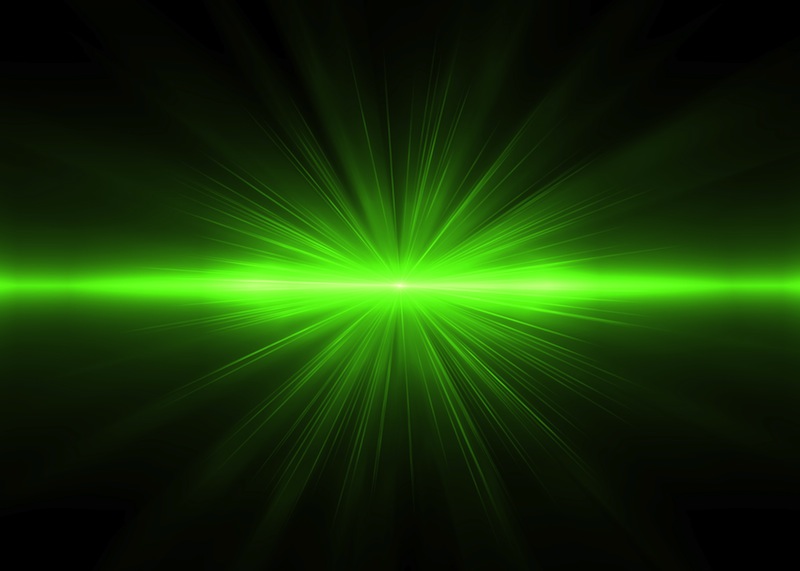Superpowered Chinese Lasers Could Soon Rip Open Raw Vacuum

Physicists are getting close to building lasers powerful enough to rip matter out of a vacuum.
According to a report published Jan. 24 in the journal Science, a team of Chinese scientists is getting ready to start construction this year on a 100-petawatt laser in Shanghai known as the Station of Extreme Light, or SEL. That puts them at the front of a wide field of scientists around the world who are working to realize a prediction published in the journal Physical Review Letters in 2010 by a team of American and French physicists that a sufficiently powerful laser could cause electrons to appear out of a vacuum.
It might seem weird to imagine that electrons could appear out of empty space. But it makes a lot more sense in light of a strange claim of quantum electrodynamics: "Empty" space isn't empty at all, but rather is made up of densely packed pairs of matter and antimatter. Those pairs tightly fill up the gaps between everything, quantum electrodynamics states — they just don't interact in any noticeable way with the rest of the universe, because they cancel one another out. [The 18 Biggest Unsolved Mysteries in Physics]
So it's easier to consider that the Chinese laser won't so much create matter, as cause it to enter the world humans can perceive. Its powerful pulses of energy will cause electrons to separate from their antimatter twins, positrons, in ways researchers can detect.
Building a laser powerful enough to do this, though, is a difficult (and expensive) technical challenge. One hundred petawatts, as Science reported, is about 10,000 times more energy than there is in all the world's electrical grids combined.
A smaller Chinese laser, the Shanghai Superintense Ultrafast Laser Facility, could achieve 10 petawatts by the end of this year. (That's 1,000 times the power of all the world's grids.) So how can lasers reach these enormous power levels?
As the authors of the report in the journal Science explained, power is a function of two things: energy and time. Release a joule of energy over the course of 1 second, and that's 1 watt. Release a joule over the course of 1 hour, and that's just 0.28 milliwatts (28 hundred-thousandths of a watt). But release that joule in just 1-millionth of a second, and that's 1 million watts, or 1 megawatt.
Get the Space.com Newsletter
Breaking space news, the latest updates on rocket launches, skywatching events and more!
All superpowered lasers rely in some way or another on releasing large amounts of energy over short periods of time, amplifying it and bending the beams such that all of that energy arrives at its target over the course of an even shorter period of time, the Science article reported.
By 2023, the SEL could strike targets just 3 micrometers (3-millionths of a meter, or the width of an E. coli bacterium) across with 100 petawatts of power, according to the report in Science.
For more technical details on how that laser would work, how other laser projects around the world compare and why the U.S. lags so far behind, check out Science's full report.
Originally published on Live Science.
Join our Space Forums to keep talking space on the latest missions, night sky and more! And if you have a news tip, correction or comment, let us know at: community@space.com.

Rafi wrote for Live Science from 2017 until 2021, when he became a technical writer for IBM Quantum. He has a bachelor's degree in journalism from Northwestern University’s Medill School of journalism. You can find his past science reporting at Inverse, Business Insider and Popular Science, and his past photojournalism on the Flash90 wire service and in the pages of The Courier Post of southern New Jersey.










